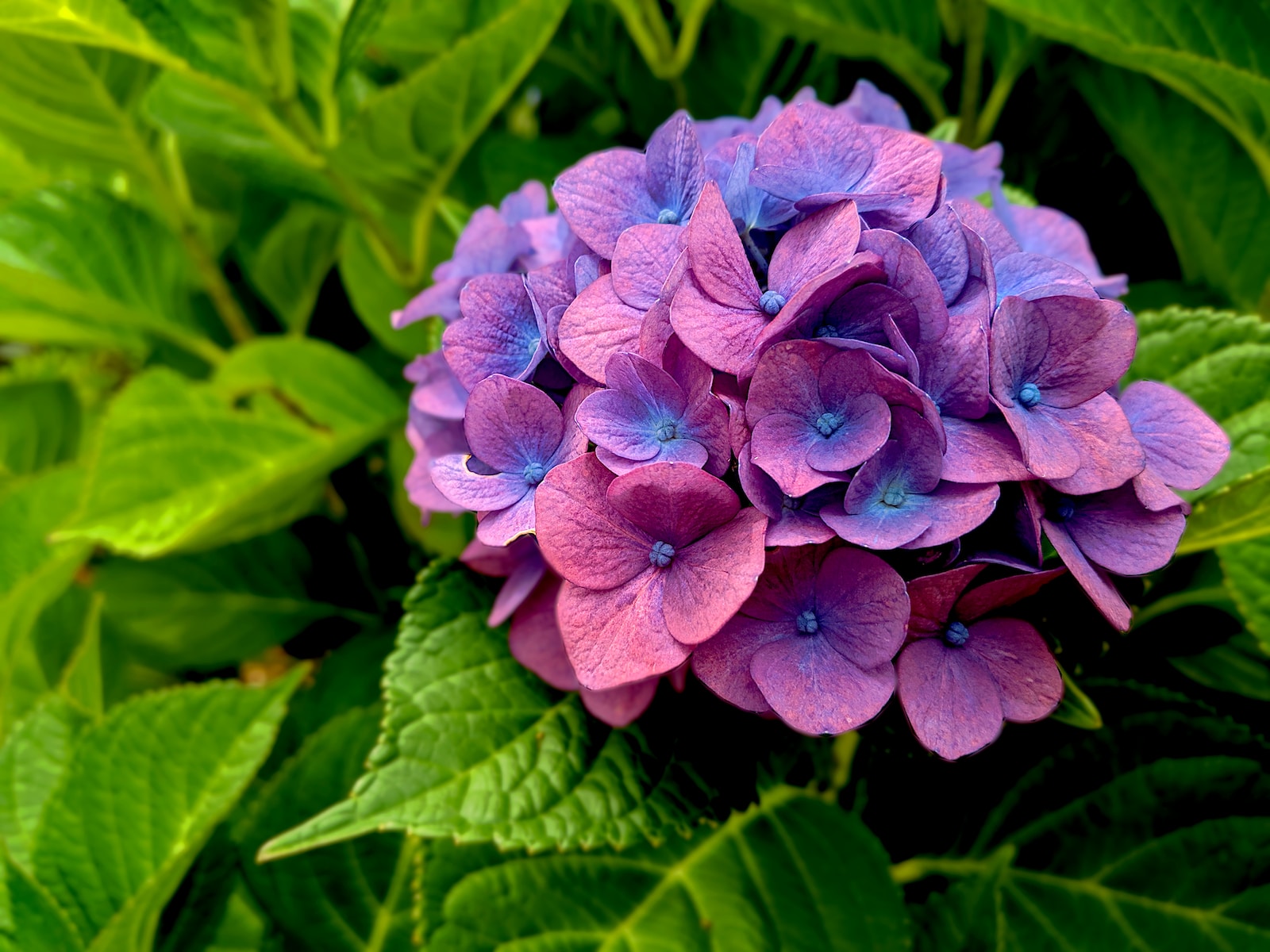How deep do hydrangea roots go down ?
The depth to which hydrangea roots grow can vary depending on several factors, including the specific hydrangea variety, soil conditions, and climate. In general, hydrangea roots tend to be relatively shallow, typically extending between 1 to 2 feet (30 to 60 centimeters) below the soil surface.
Hydrangeas have a fibrous root system, which means they develop numerous small roots rather than a few large ones. These roots primarily spread horizontally in the topsoil, where they can efficiently absorb nutrients and moisture. This shallow root system enables hydrangeas to take advantage of surface-level resources effectively.
It’s worth noting that the depth and spread of hydrangea roots can be influenced by factors such as soil quality, moisture availability, and surrounding plantings. Providing adequate water and mulching around the base of the plant can help promote healthy root development and overall growth.

Can you plant hydrangea next to foundation?
Yes, you can plant hydrangeas next to a foundation, but it’s important to consider a few factors before doing so.
- Space: Make sure there is enough space between the foundation and the hydrangea to prevent any damage. Leave a gap of at least 2 to 3 feet (60 to 90 centimeters) to allow for proper air circulation and maintenance.
- Soil drainage: Hydrangeas prefer well-drained soil, so ensure that the soil around the foundation is not overly compacted or prone to waterlogging. If the soil is heavy or poorly drained, consider amending it with organic matter or creating raised beds to improve drainage.
- Watering: Foundations are designed to be relatively dry, so you should be mindful of how much water the hydrangeas receive. Avoid overwatering, as excessive moisture near the foundation can cause problems. It’s a good idea to use mulch to help retain moisture in the soil while reducing the risk of water pooling against the foundation.
- Maintenance: Regularly inspect the area around the foundation and hydrangeas to ensure there are no signs of damage, such as cracks or water seepage. Prune the hydrangeas as needed to prevent them from touching the foundation or growing too close to it.
By considering these factors and properly maintaining the area, you can successfully plant hydrangeas next to your foundation and enjoy their beautiful blooms.
Do hydrangea roots like to be bound?
No, hydrangeas do not like to be root bound. Like most plants, hydrangeas prefer a well-developed root system with ample space to grow and access nutrients and moisture.
When hydrangeas become root bound, meaning their roots have filled the container or their roots are densely packed in a limited space, it can restrict their growth and lead to various issues. Some problems that can arise from root-bound hydrangeas include:
- Stunted growth: The restricted root system limits the plant’s ability to take up nutrients and water, resulting in slower growth and smaller overall size.
- Reduced flowering: Root-bound hydrangeas may have difficulty producing abundant flowers or may produce smaller blooms compared to plants with healthy root systems.
- Increased susceptibility to stress: When the roots are cramped, the plant becomes more vulnerable to environmental stresses such as drought or extreme temperatures. It may struggle to withstand these conditions and become more prone to disease or pest infestations.
To ensure healthy growth and development, it is important to provide adequate space for the hydrangea’s root system. When planting hydrangeas in the ground or in containers, ensure there is enough room for the roots to spread and access necessary resources. Regularly transplanting or repotting hydrangeas when they outgrow their current space is beneficial to their overall health and vigor.







